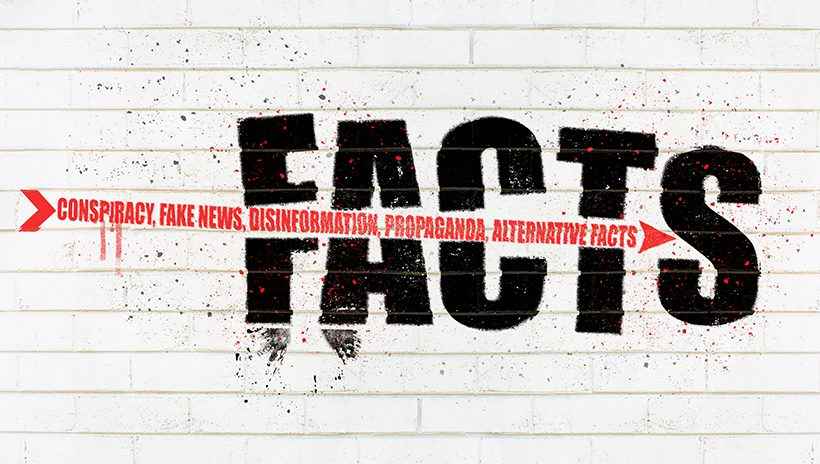You Say Fake News, I Say Misinformation: What’s in a Term

Why Is the Term “Fake News” Problematic?
You may have heard the term “fake news” in recent years used to describe misrepresented or falsified information. The problem of inaccurate and unreliable information spreading, particularly online over social media, is indeed significant. However, the term “fake news” is problematic for several reasons. While some users may employ the word to describe information that is factually inaccurate or purposely created to mislead readers or viewers, others may use the term to discredit statements they do not agree with, or to undermine a source, even if that source is accurate. Scholars have described three ways in which the term fake news commonly is used public discourse, each with a very different meaning: it can imply a “genre of disinformation online,” but also can be used “by critical political actors as a label to delegitimize news media”; finally, it can also be used to simply dismiss something as negative or false (Egelhofer, et al., 2020). The dismissive usages of the term “fake news” are particularly problematic because they do not leave room for critically evaluating a source or its message, which can lead to gaps in understanding of consequential information.
How Can We Describe the Problem of Inaccurate or Misleading News Content?
If the term “fake news” is being used to describe everything from intentionally fabricated, fictional news stories, to legitimate news sources that are simply reporting on a controversial topic, then the term cannot be considered a reliable indicator of whether a source is trustworthy. But while staying away from the term “fake news” is advisable, this does not mean avoiding the difficult but important work of critically evaluating sources and news stories for accuracy and reliability. Rather than employing “fake news” to describe fabricated or inaccurate news information, using the terms “misinformation” and “disinformation” is clearer and more objective. You may see both words used to describe the problem of unreliable or inaccurate news information, though the two terms have slightly different meanings.
Disinformation refers to inaccurate information that is intentionally spread to mislead an audience, while misinformation refers to false or confusing content that can spread without the explicit intent to deceive. An example of disinformation could be a false story about a politician committing a crime intentionally planted by an opponent. An example of misinformation could be a friend posting a story about a politician on social media. They may believe the story to be true and are not maliciously intending to spread an inaccuracy. However, the effects can still be quite harmful, because false information is still being distributed. Both disinformation and misinformation can contribute to a climate of confusion and mistrust around understanding current events.
How Can We Avoid Spreading Misinformation?
Avoiding the spread of misinformation takes effort by everyone in society. Even if you are not a reporter or a content creator, there are skills you can use to avoid being convinced by disinformation and spreading misinformation. One is to always check the trustworthiness of sources. What evidence is there for the claims being made in an article? Research the organization publishing the content to see if they have a particular bias or position. What are the author’s qualifications and credentials? Are there other reliable sources that can confirm or disprove the claims being made? If there are quotes in an article, are they accurate, or are they being manipulated or taken out of context?
To be sure, determining whether a source contains inaccurate information involves more time than taking or dismissing a headline at face value. But this act of slowing down to verify accuracy is a crucial part of being a critical thinker. Even taking just a few minutes to consider a source’s trustworthiness before accepting or sharing its content can go a long way toward a personal and societal approach to current events that is thoughtful, well-informed, and based in truth.
Sources:
Egelhofer, Jana L., Loes Aaldering, Jakob-Moritz Eberl, Sebastian Galyga & Sophie Lecheler. “From Novelty to Normalization? How Journalists Use the Term “Fake News” in their Reporting.” Journalism Studies 21, no. 10: 1323-1343. Accessed September 22, 2020. https://www.tandfonline.com/doi/full/10.1080/1461670X.2020.1745667.
“Fake News and its Intents: Propaganda, Disinformation, and Misinformation.” FYS 1010. Wayne State University Library System, April 29, 2020, https://guides.lib.wayne.edu/c.php?g=401320&p=2729574.
Funke, Daniel. “Reporters: Stop Calling Everything Fake News.” Poynter Institute, August 29, 2018. https://www.poynter.org/fact-checking/2018/reporters-stop-calling-everything-fake-news/.